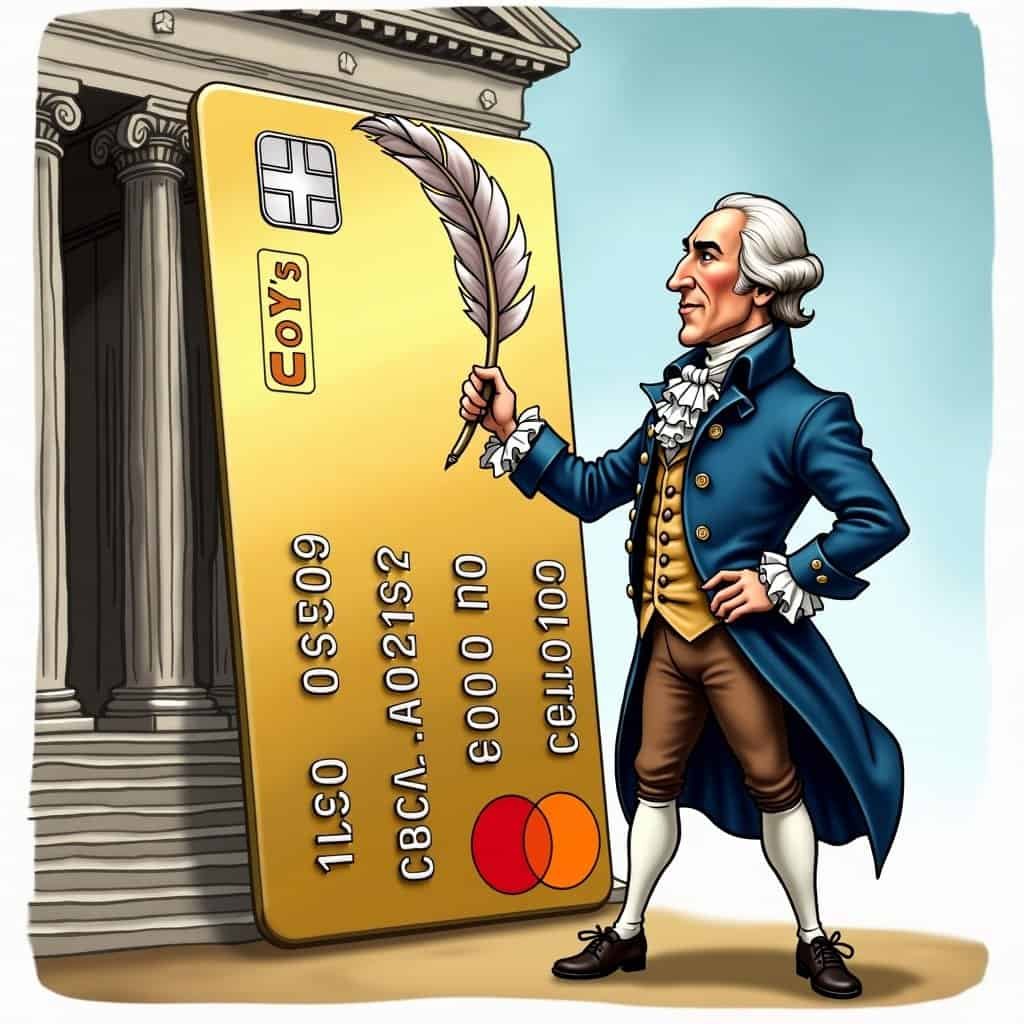Alexander Hamilton’s wisdom isn’t your typical dinner conversation starter. But as liberal policymakers perform financial gymnastics, Hamilton’s gold and silver standard shines like a beacon of monetary sanity. You can almost hear his portrait on the ten-dollar bill shouting, “Hey, kids! Get off my lawn and bring back some sensible money rules!”
Imagine America in Hamilton’s time – a financial circus. No national bank, wonky currency, and more IOUs than a college dorm during finals week. Hamilton stepped in and hitched gold and silver to the nation’s financial wagon. Hey conservatives, listen up: his plan? Rock-solid value, personal responsibility, and keeping the government’s hands out of the cookie jar—as American as grandma’s apple pie.
Fast forward to today, and it seems we’ve swapped our precious metals for a new game: “How high can we pump up the dollar?” Progressive economic theories have ditched tangible value for a “flexible” money system. Translation: the money printer’s working overtime. Meanwhile, the spending spree chaos reminds us why Hamilton’s well-grounded monetary system was, and still is, pure genius.
Conservatives have always cheered for policies that give a high-five to investment, saving, and innovation—the secret sauce for national success. The golden rule? Well, it’s actually gold and silver – the ultimate “trust” fund. On the flip side, today’s progressive “free-for-all” economics trades long-term growth for a quick round of applause. Here’s a twist: while claiming to “help” the little guy, policies that play limbo with the dollar end up leaving everyone’s wallet lighter.
Hamilton’s Monetary Wisdom
Hamilton’s money smarts were ahead of their time. Back then, having a legit economy actually mattered. The gold and silver standard kept currency value grounded in reality—a concept our friends in Washington might want to ponder during their next debt ceiling drama. Why bother with sensible planning when you can just keep writing rubber checks? Meanwhile, the Federal Reserve whips up a fresh batch of inflated currency while politicians congratulate each other on their “quick fixes.”
Conservative vs. Progressive Economics
The gap between conservative and progressive economic ideas is wider than the Grand Canyon. Conservatives root for market-driven solutions based on hard work, strong families, and growth that doesn’t fizzle out. Meanwhile, progressive attempts to “fix” the economy by playing Monopoly with real money can only last so long before the game’s over—or worse, the board flips. Hamilton’s silver-and-gold approach wasn’t just an economic anchor; it was a whole philosophy—choosing lasting value over band-aid solutions.
Time Travel Economics
Just for kicks, imagine today’s progressives zapping back in time to sell Hamilton on “Modern Monetary Theory.” Picture him, wig and all, looking absolutely flabbergasted. “A government that spends like there’s no tomorrow, with funny money and empty pockets?” He’d probably crack wise, “That’s about as stable as trying to ride a unicycle on a tightrope!”
Applying Hamilton’s Wisdom Today
So how do we channel this old-school wisdom in our modern world? Conservatives can dust off and champion policies that respect financial discipline and personal accountability. Lower taxes and fewer rules tell entrepreneurs and businesses their investments aren’t just Monopoly money. It’s a wake-up call for every American who values honest work, dreams of achievable success, and prefers their finances neat and tidy, not like an all-you-can-eat buffet gone wild.
Restoring Market Faith
Bringing back faith in markets isn’t just about dollars and cents; it’s about everyday folks feeling confident in that thing we call trust. Whether you’re buying milk or starting a business, solid policies make sure our money doesn’t vanish like magic. That trust goes way back to Hamilton’s clever plans for stability and optimism.
Conservative Call to Action
While Hamilton might facepalm at today’s money madness, conservatives can roll up their sleeves and get to work. It’s time to polish those time-tested principles, revisit common-sense economics, and maybe even tip our hats to history. Because while liberal daydream spending keeps America’s tab running, conservatives who remember Hamilton’s lessons are cooking up a feast of fiscal responsibility.
Table of Contents
- Hamilton’s Monetary Wisdom
- Conservative vs. Progressive Economics
- Time Travel Economics
- Applying Hamilton’s Wisdom Today
- Restoring Market Faith
- Conservative Call to Action






